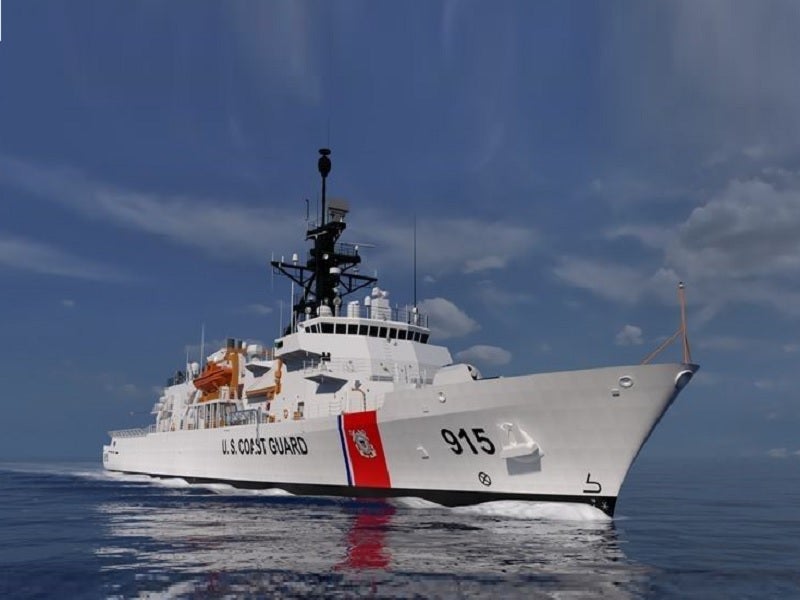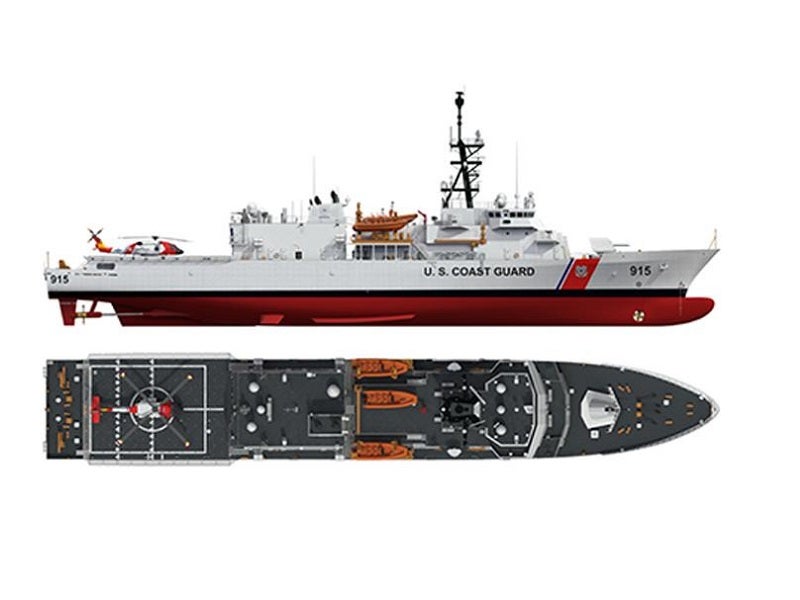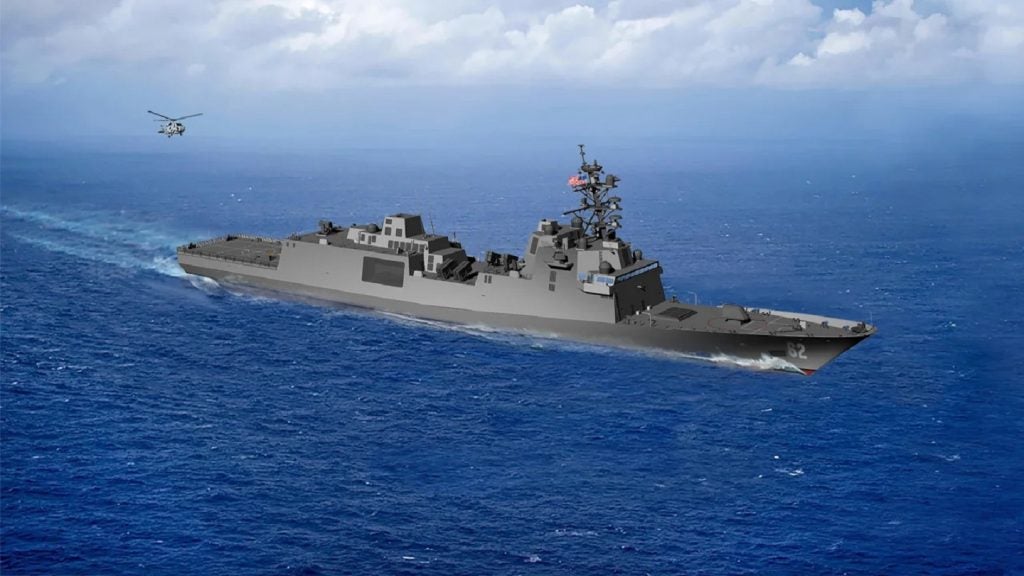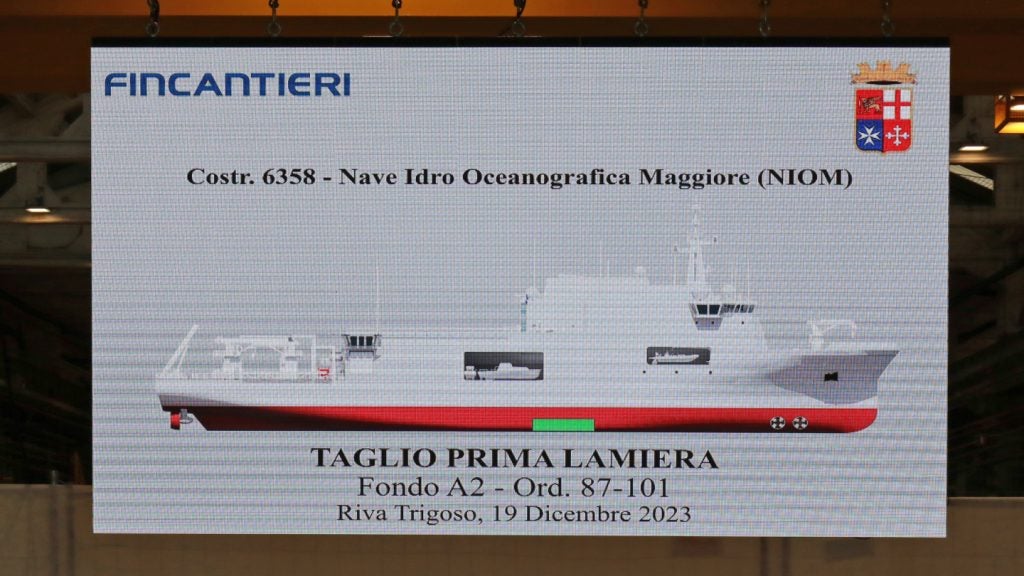Eastern Shipbuilding Group is constructing Heritage-class offshore patrol cutters (OPCs) for the US Coast Guard (USCG).
The OPCs will be capable of performing a range of missions, including maritime patrol, fisheries protection, port security, disaster response, drug interdiction and prevention of illegal immigrants.
Heritage-class offshore patrol cutter programme details
In September 2016, USCG contracted Eastern Shipbuilding Group to supply nine Heritage-class OPCs. The OPCs will replace the ageing medium-endurance cutters (MECs) that USCG uses for its operations. The $2.38bn contract includes options to build two more vessels and covers vessel design, development and approvals.
In September 2017, USCG placed a long lead time materials (LLTM) contract with Eastern Shipbuilding for the first OPC in the class, USCGC Argus (WMSM 915). According to the contract, Eastern Shipbuilding is responsible for purchasing the main propulsion engine, machinery control, electrical and mechanical equipment for the vessel.
Northrop Grumman received production and LLTM contracts from Eastern Shipbuilding for the command, control, communications, computers, intelligence, surveillance, and reconnaissance (C4ISR) systems of the OPCs.
Construction of the first OPC began when the first steel was cut in January 2019. The OPC is expected to be delivered in 2022.
The first 11 Heritage-class OPCs were christened as Argus (WMSM 915), Chase (WMSM 916), Ingham (WMSM 917), Rush (WMSM 918), Pickering (WMSM 919), Icarus (WMSM 920), Active (WMSM 921), Diligence (WMSM 922), Alert (WMSM 923), Vigilant (WMSM 924), and Reliance (WMSM 925).
USCG plans to acquire a total of 25 Heritage-class OPC vessels.
Heritage-class OPC design and features
The OPC will meet the requirements of USCG and American Bureau of Shipping (ABS) Naval Vessel Rules (NVR). It will be the first-ever USCG vessel to comply with the ABS vessel classification requirements.
The OPC is designed to operate independently or in a group, according to the mission requirements. It will be capable of operating in demanding maritime environments, with faster response time and closer to the shore. It will also serve as a mobile command and control platform during surge missions.
The OPCs will be 110m-long and will have a beam and a draft of 16.45m and 5.2m respectively. The displacement will weigh between 3,500t and 3,700t.
The stern flight deck of the vessel will have a capacity for carrying an MH-60 or MH-65 helicopter. It can also accommodate three functioning over-the-horizon (OTH) small boats.
The patrol vessel will be equipped with Saab’s Sea Giraffe MMR electronically scanned phased array radar, AN/UPX-29 shipboard interrogator, MK 20 Mod electro-optical sighting system, and AN/SLQ-32C(V)6 electronic warfare system.
Weapon systems
The Heritage-class OPCs will be armed with a BAE Mk 110 57mm gun, a BAE Mk 38 Mod 2 25mm gun, and M2 Browning 12.7mm machine guns.
The Mk 110 gun offers an optimal firing rate of 220 rounds a minute and can engage medium and short-range surface targets such as small ships and boats, as well as aerial targets, including incoming missiles and aircraft.
Heritage-class propulsion and performance
Two MAN 16V28/33D STC marine diesel engines will drive two five-bladed controllable pitch propellers and power the OPCs. Each engine will develop an optimal power of 7,280kW at 1,000rpm. The propulsion system will also integrate bow thrusters, fin stabilisers, shaft lines, Promas rudders, and MTU marine generator sets supplied by Rolls-Royce.
The Heritage-class will be able to reach a speed of 22.5k, an optimal range of 10,200 nautical miles (nmi) at 14k and an endurance of 60 days.










